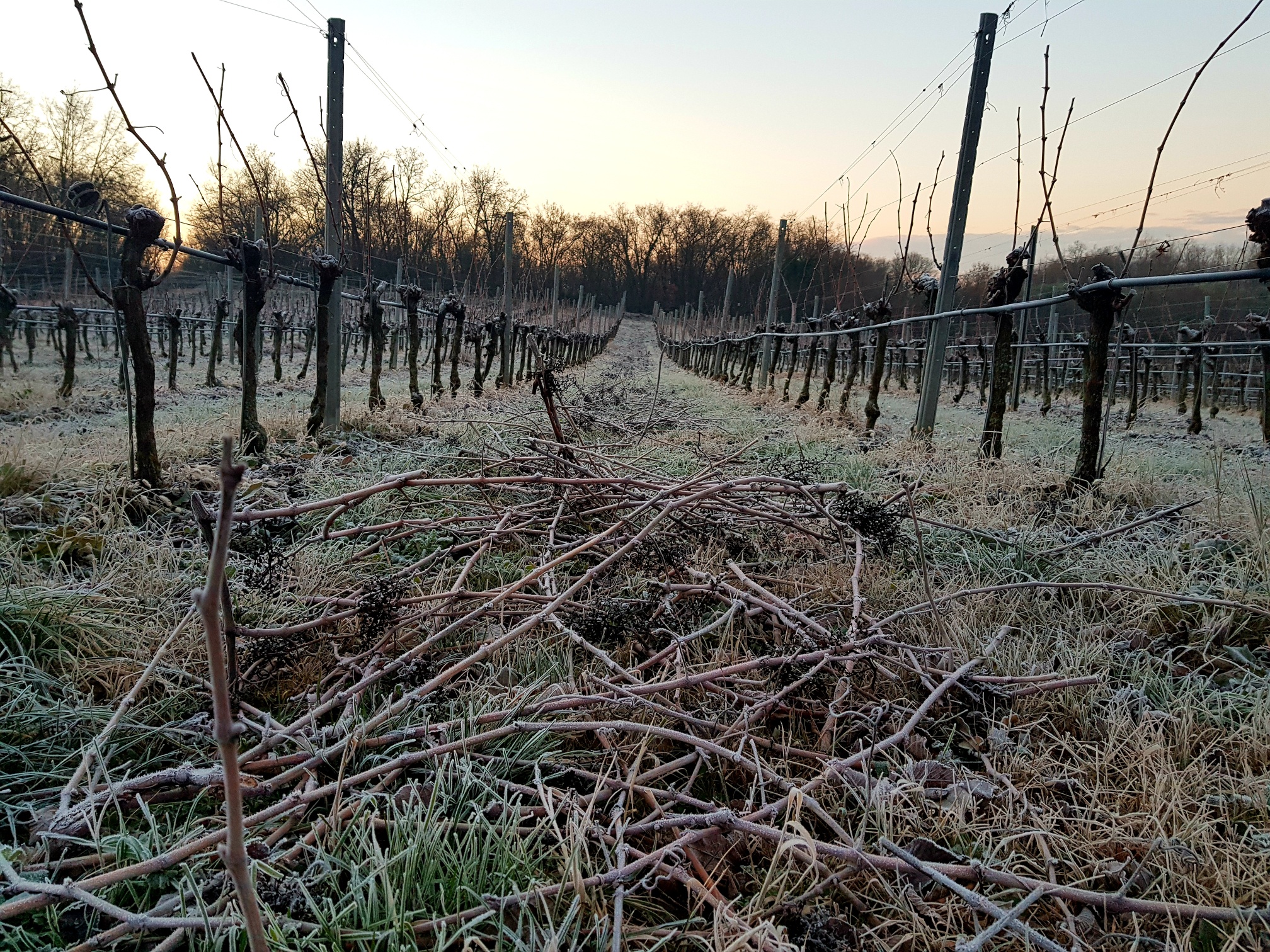
Winter pruning
Have you ever seen at this time of year cut branches between the rows? This practice is the so-called winter pruning or dry pruning.
But what is winter pruning?
Winter pruning is the cutting of about 80% of the branches produced during the year. The pruning must be carried out by expert and trained staff who must be able to understand the load of buds to be left on each plant.
Why is the number of gems important?
The number of buds left for each vine is fundamental for the number of bunches that will be obtained. The number of buds to be left on the plant must be assessed on the basis of various factors such as the potential and age of the plant, the vigor of the vine or, for example, the fertility of the soil..
Too many buds in the plant could lead to low quality grapes, because they would not allow an adequate level of ripeness. Conversely, too few buds could similarly lead to low grape quality, because it could reach ripening too quickly. That’s why this technique requires specialized and highly experienced personnel. From here we start to “produce” the wines that you will find in the bottle.
When does winter pruning take place?
It must usually be performed in the period between the fall of the leaves and the vegetative restart. This period is called “vegetative rest”. These months, December, January, February and March, are therefore the best time to do it.
If we carried out the dry pruning before this period, we would anticipate the spring awakening of the vine but putting future new buds at risk in case of late frosts.
What are the purposes of winter pruning?
- Maintain shape and size suitable for the management of cultivation operations
- Adjust the load of the buds on each vine
- Maintain a balance between the vegetative phase and the productive phase
What are the types of pruning?
Short pruning: it consists in leaving 2-3 buds.
Long pruning: it presents only a branch with a variable number of buds but usually not less than 5 or 6.
